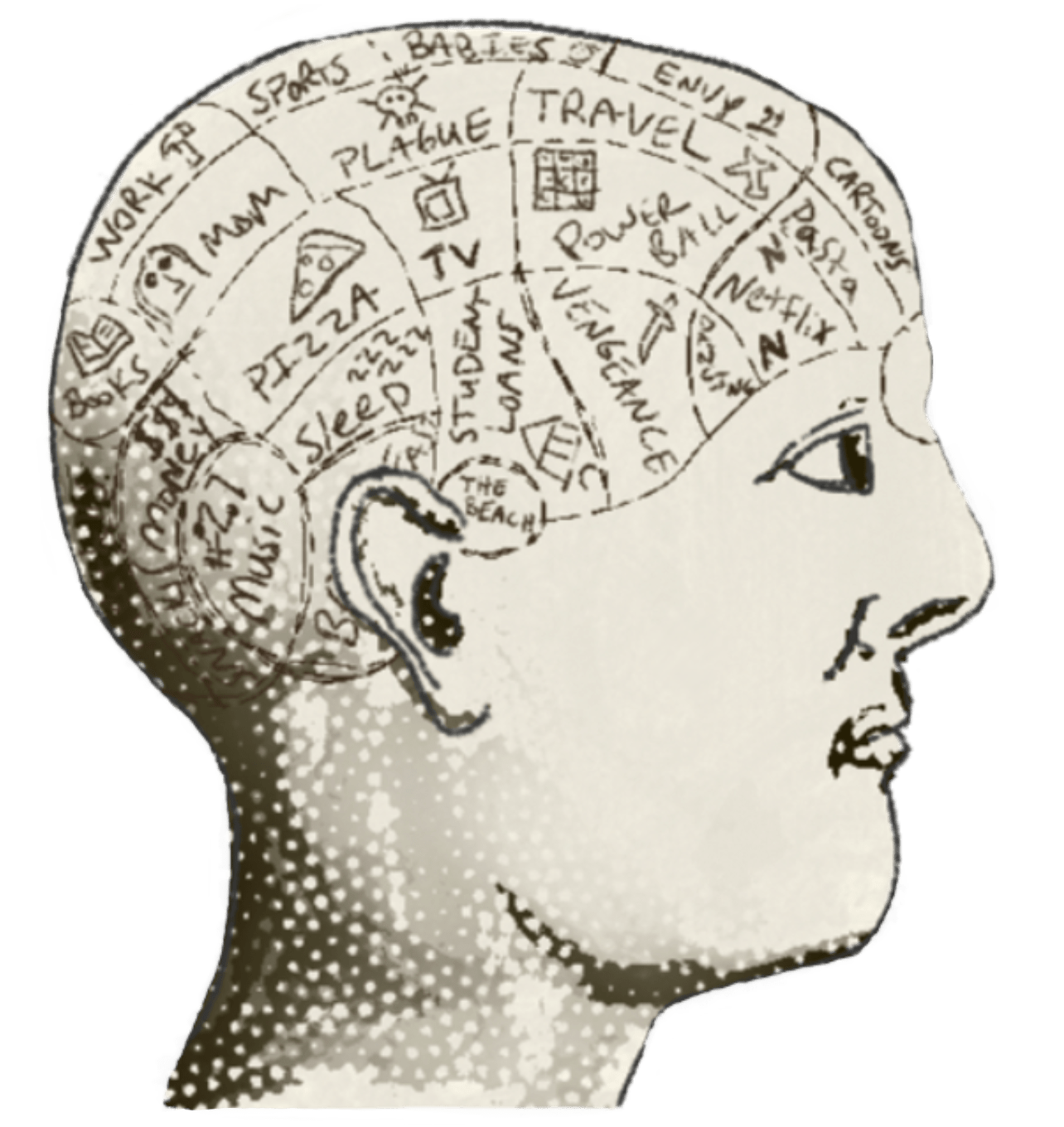Putting People at the Center of Programming
Key ideas from our May 5th Writers’ Roundtable.
In the roundtable, we discussed a key idea found across all of the survey interviews: the virtual programs they felt were most successful all put people—their staff and community—at the center. Moving beyond program formats that are defined by object-centered, in-gallery experiences, they embraced the role of convener for communities. In doing so, they not only expand their reach but also deepen the relationships that individuals can develop with institutions and each other. They moved beyond creating isolated programs to creating the environment and invitation for ongoing participation, repeat engagement, and the feeling of community.
How did they do that? What are the building blocks for that?
Create participant-centered programming that is connected to people's lives and their surroundings.
In the survey and in our research at Gather, museum colleagues report that they’ve felt able to create a different kind of intimacy online, in part because virtual programs allow audiences to show up in different ways—at home, where they feel safe and comfortable—and bring other parts of themselves into that space. Sally Meyer, Adult Programs Manager, Museum of the Shenandoah Valley, and Heidi Moisan, School Programs Manager, Chicago History Museum, both spoke about connecting programs to participants’ surroundings, including objects they are familiar with at home and unexpected spaces like the kitchen.
They developed programming that creatively expanded beyond the constraints of in-gallery formats.
They shifted from asking “How can we make connections with our collection?” to “How can we make connections between people?” and found a lot of new, creative ways to engage people in dialogue together around the mission.
In her interview for the article, Rebecca Harmsen, Volunteer Services Specialist, Museum of Flight, talked about the importance of being responsive to what the participants want from a program, even if it means changing your plans or scrapping your script. To serve the museum’s several hundred volunteers with virtual programming during the closure, Rebecca started a book club and movie discussions and invited participants to share their own powerful stories with each other.
When I managed online courses at MoMA, my favorite moment was when we held an exhibition of paintings made by learners. 500 people submitted their work and 200 people attended the opening on a snowy January weeknight. They were so proud to have their achievements, talents and interests acknowledged and valued by a museum.
These are all examples of how virtual programming can center people’s stories and talents, and invite them to share that with each other, with the museum acting as the convener and platform for that connection. This doesn’t diminish but enlarges the museum experience.
Fostering an online community
Ultimately, when you begin to experiment with these shifts, you leverage one of the most powerful opportunities of virtual programming, which is fostering an online community of people with shared interests who find in your museum’s programming a space for meaningful connection, belonging, and learning.
This relationship-building furthers your institution’s mission, but it can also support institutional goals including building repeat engagement in programs, laddering community members up into membership, increasing in-person attendance, fostering brand promotion, and more.
In the Q&A, one challenge arose most consistently: how do we make virtual programming sustainable, now that we’ve reintroduced in-person programming? Online community building can play a role in addressing this question. In her keynote lecture for the 2016 Museum Computer Network conference, Catherine Bracy, a digital community organizer on President Obama’s 2012 election campaign, encouraged museum professionals to approach their work like a community organizer. Organizers foster peer to peer connections, and empower individuals to continue making peer to peer connections, building a network effect that allows you to engage more people, meaningfully and sustainably.
In a museum context, this means creating the environment for your community to connect with each other around your content and mission in between your live programs. By supporting ongoing, asynchronous online community activity, museums can decrease the reliance on and frequency of hosting live virtual programs. It’s a shift from one-to-many towards many-to-many activity, in which your community can share their own talents, questions, and interests with each other, as Rebecca Harmsen demonstrated in her work with volunteers at the Museum of Flight.
We’d love to hear your feedback and responses in the comments section. How can museums continue offering virtual programs in a sustainable way, alongside in-person programming? What’s been most valuable to you and your museum’s community from virtual programming?
Learn how you can create an online community space with Gather and sign-up for the Gather Insights newsletter for more lifelong learning and online community inspiration.
Kelly
Further reading and resources
